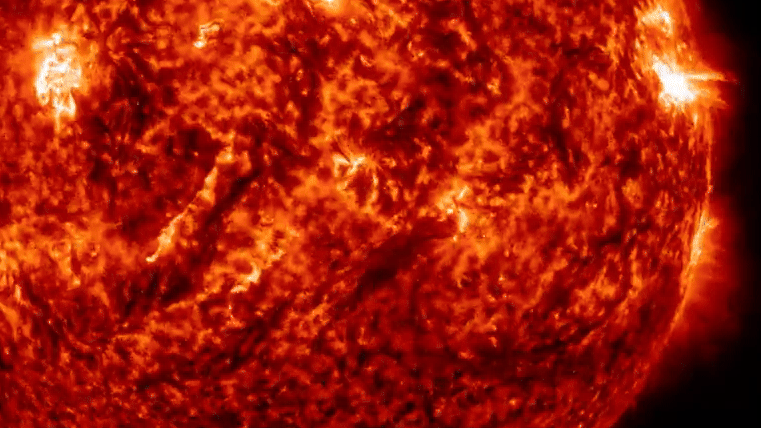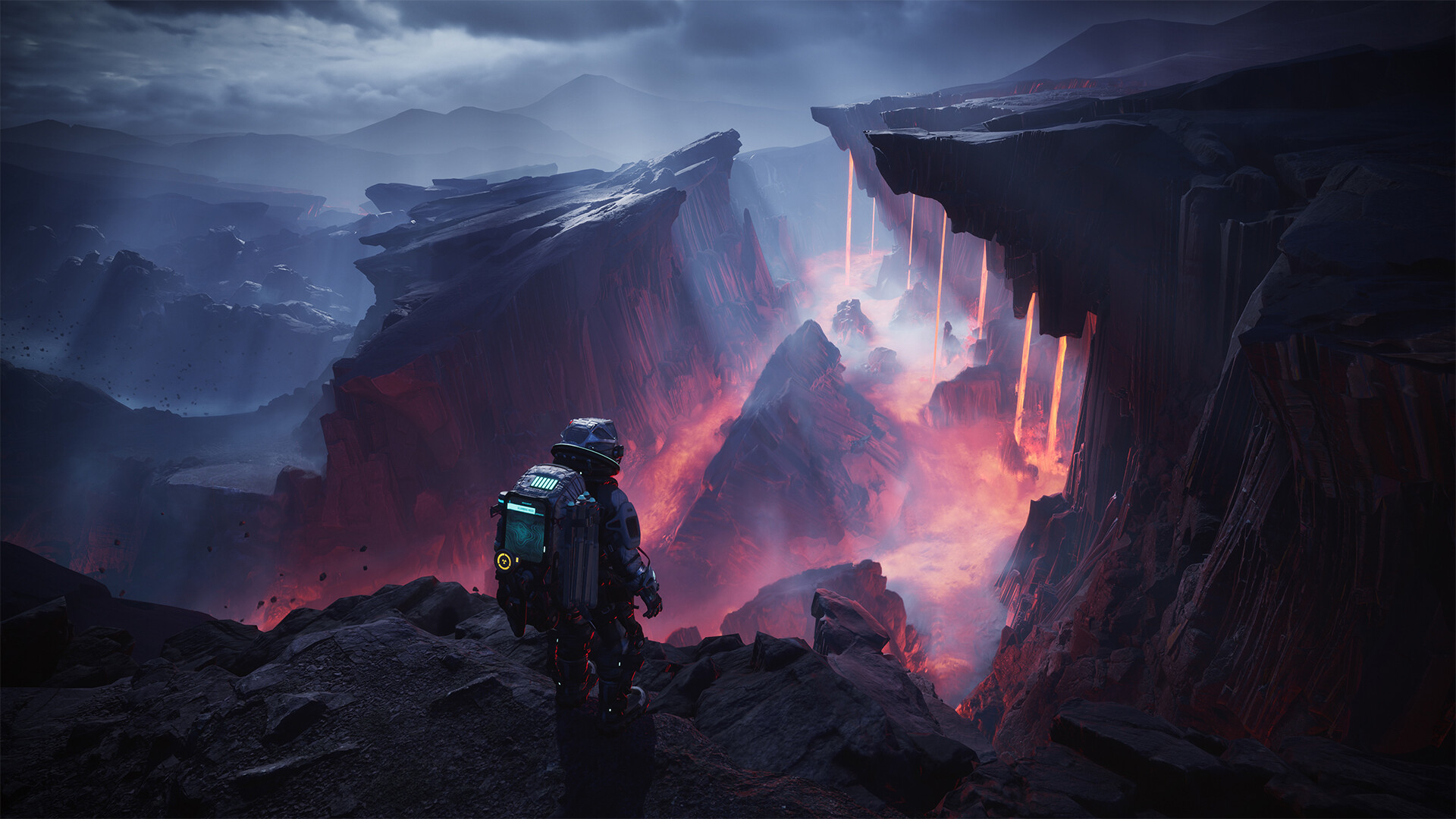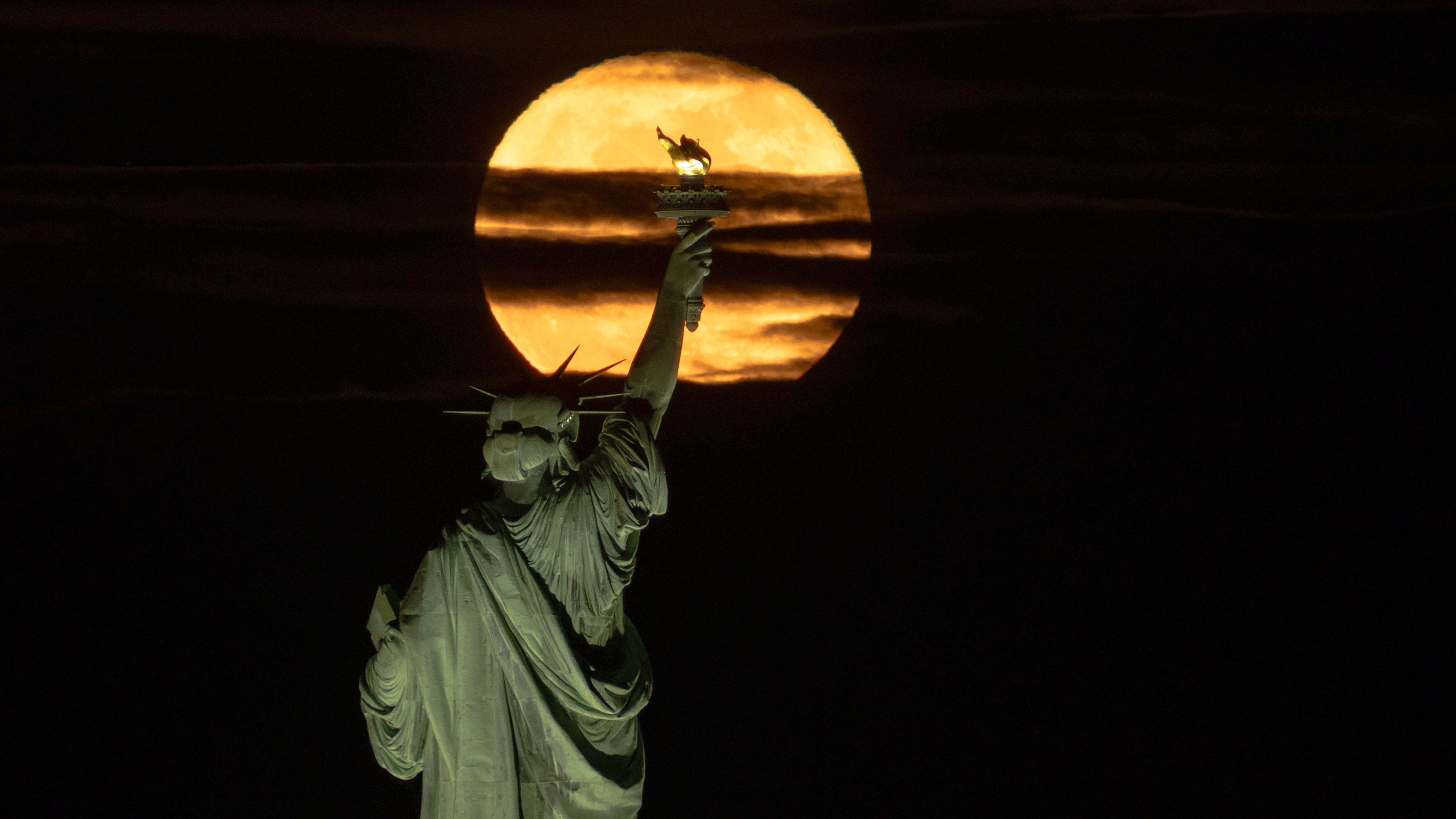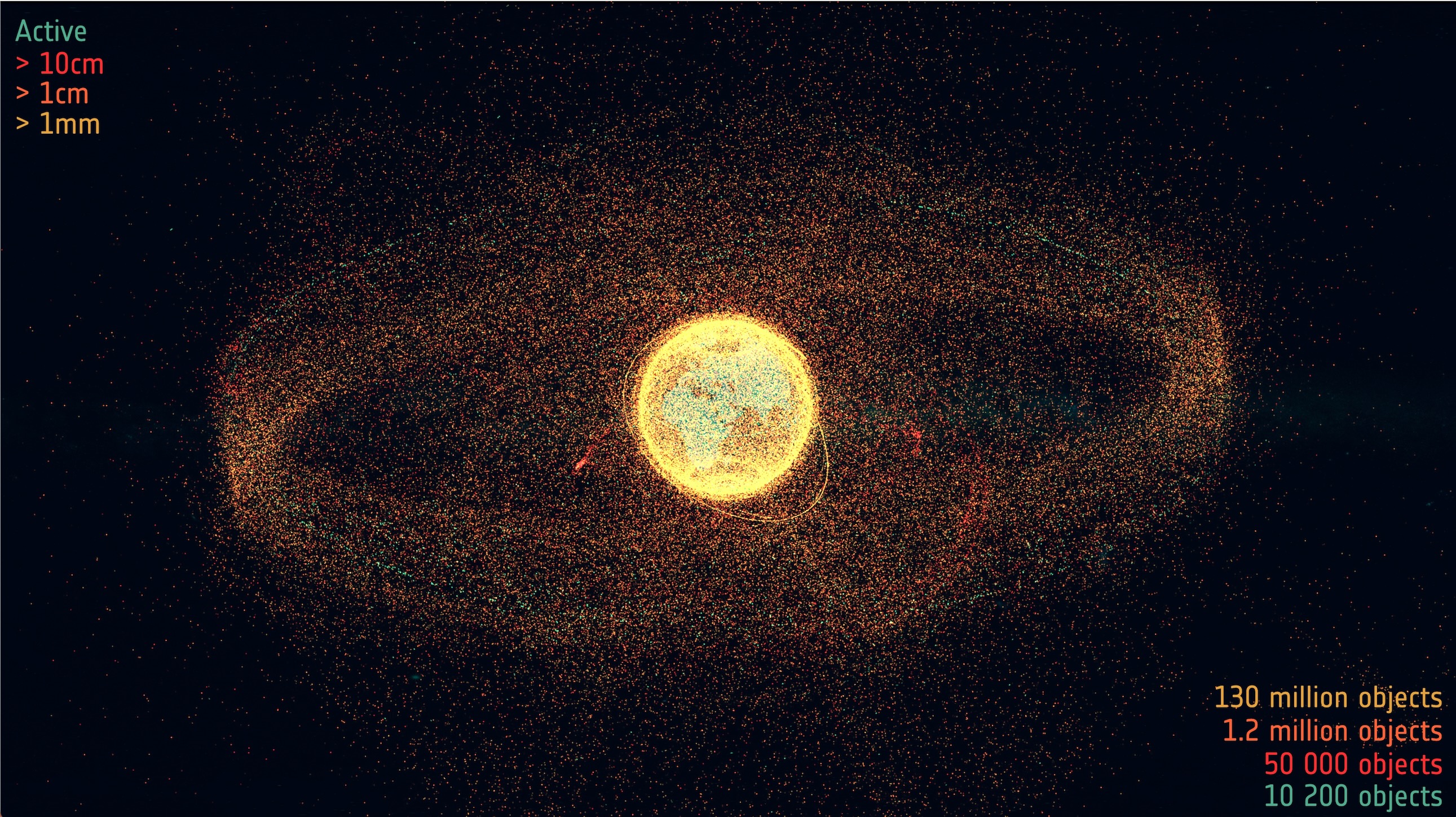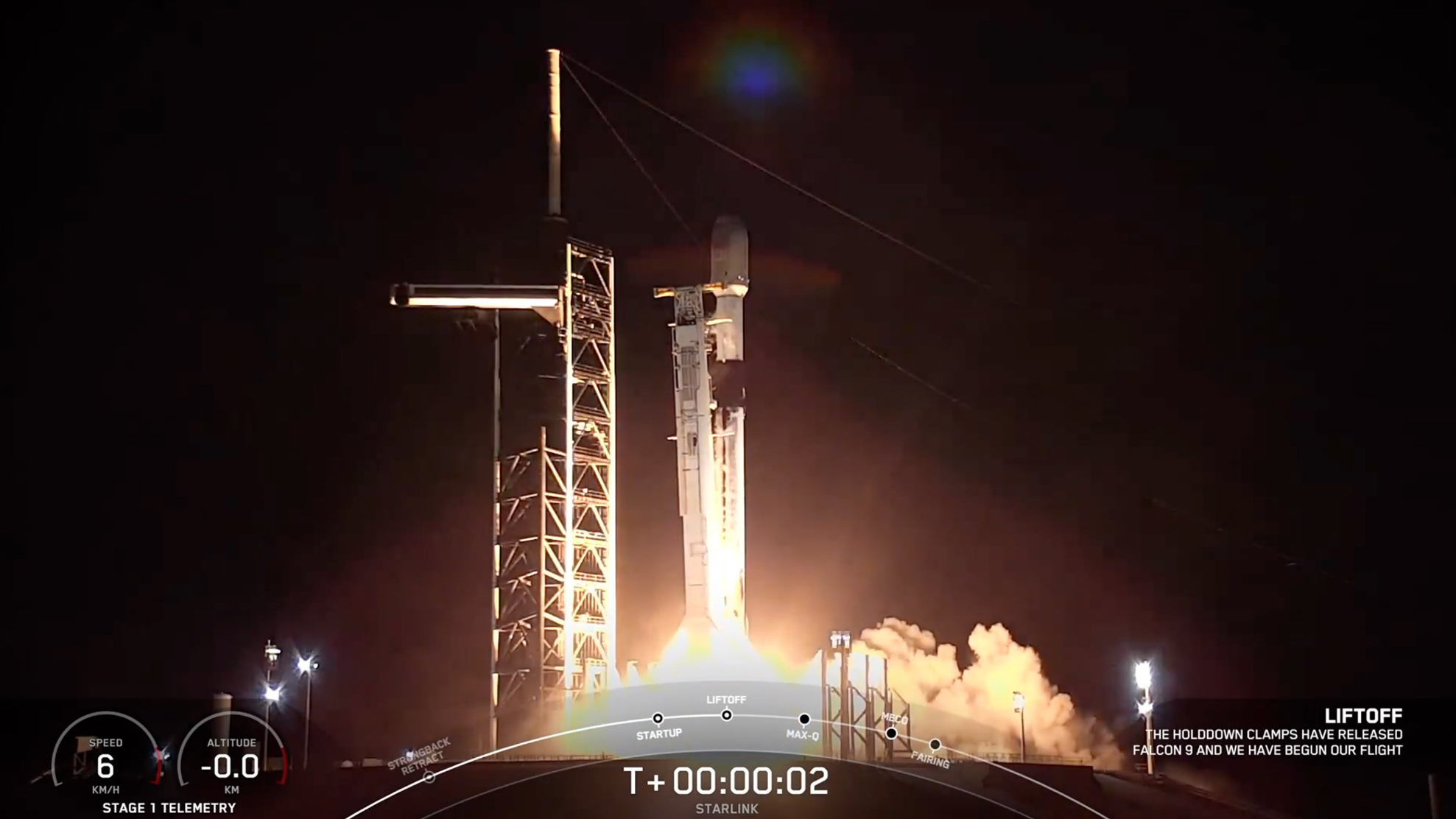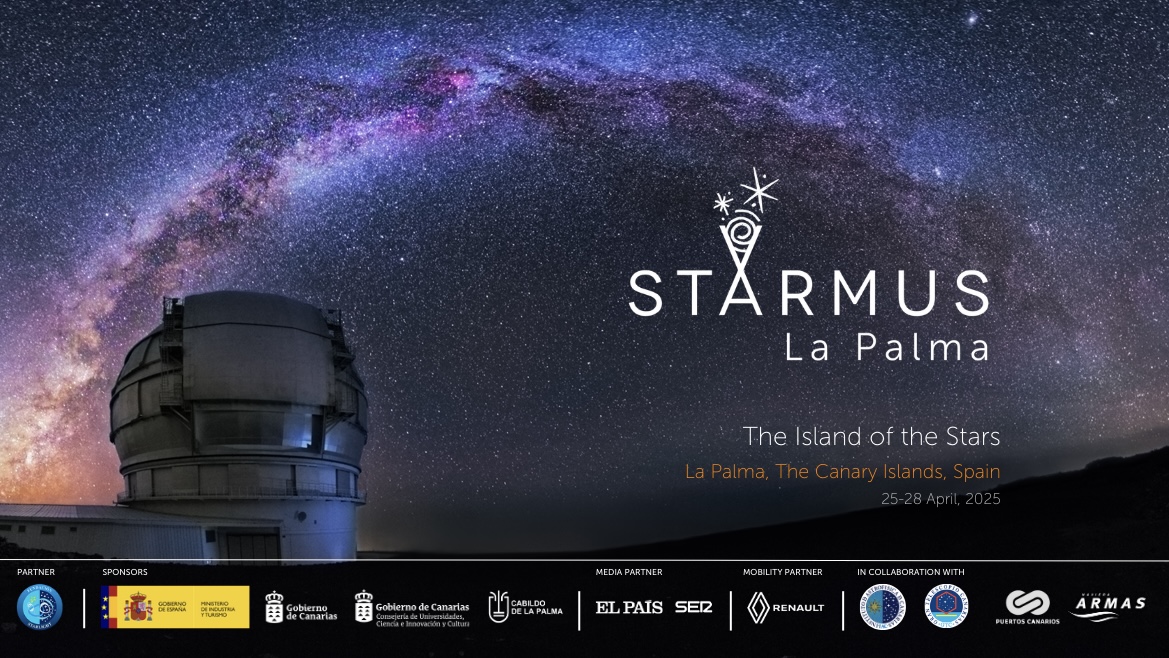NASA massively lowers impact risk of 'city-killer' asteroid 2024 YR4 to 1 in 360
Don't worry. Asteroid 2024 YR4 now has a 99.72% chance of missing Earth in 2032.
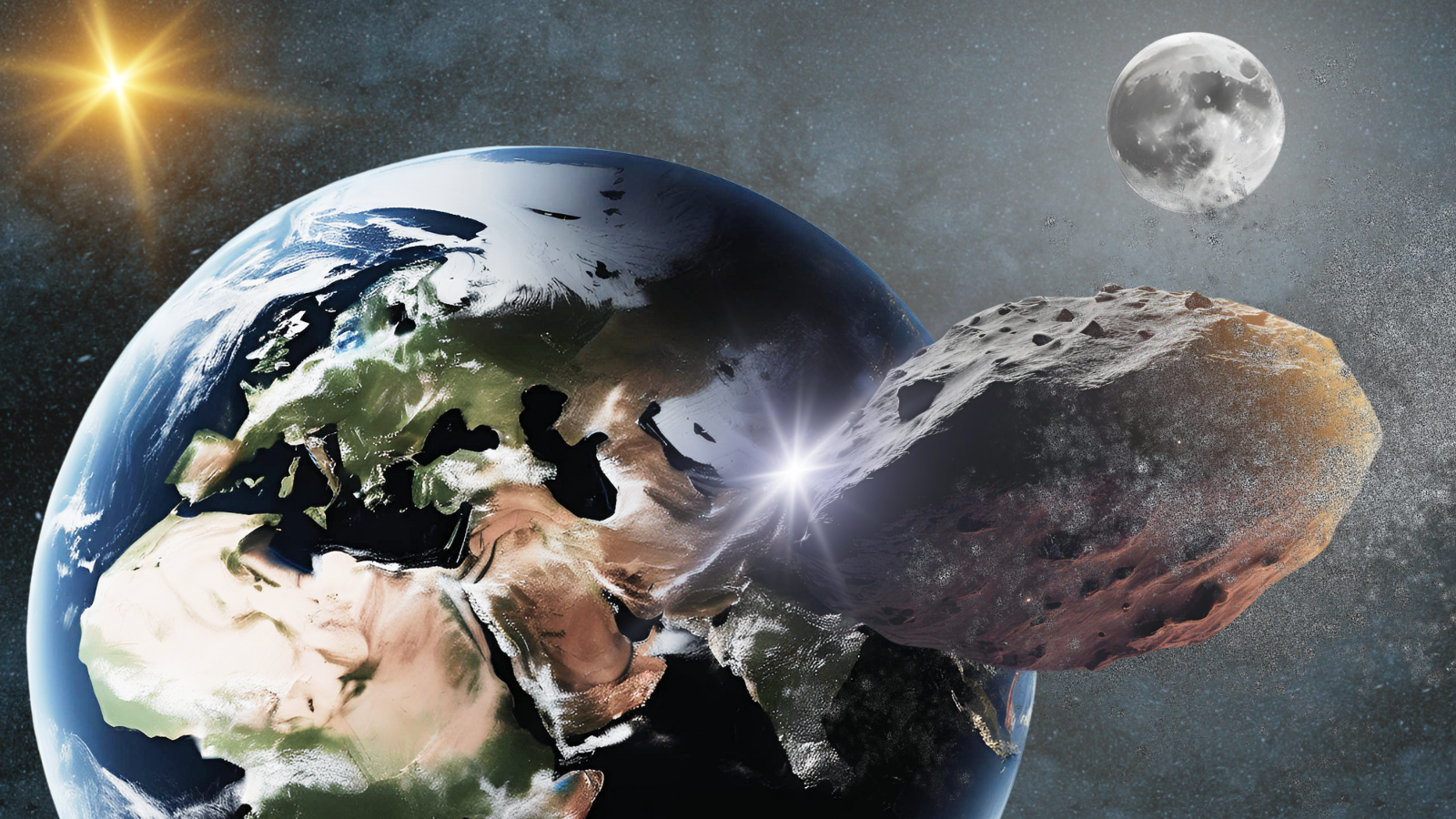
If you've been worrying about reports of a possible asteroid impact in 2032, we have very good news. NASA has dropped the probability of an impact from asteroid 2024 YR4 — at first to 1 in 67, and now to 1 in 360.
NASA announced the first reduced impact risk on its X feed at around 5:00 p.m. EST (2200 GMT) on Wednesday (Feb. 19), and the second a day after on Thursday (Feb. 20). The updated assessments were based on new orbital data for the asteroid, which is estimated to be around 180 feet (55 meters) wide, collected overnight between Feb. 18 and Feb. 20.
The radical drop in impact risk for 2024 YR4 comes just days after its risk factor was increased to 1 in 32, or 3.1%. This increase saw 2024 YR4 become the most risky asteroid in the history of NASA's Center for Near Earth Object Studies (CNEOS) Sentry Risk Table. Now, however, with an impact risk of just 1 in 360, or 0.28%, asteroid 2024 YR4's hazard level on the Torino scale — used to categorize how dangerous an asteroid is — stands at 1. A 1 on this scale suggests the "chance of collision is extremely unlikely with no cause for public attention or public concern."
"We are not at 0 yet, but Torino Scale 1 tells us further: 'New telescopic observations very likely will lead to re-assignment to Level 0,'" Richard Binzel, creator of the Torino scale, told Space.com.
Despite the extreme drop in impact risk, 2024 YR4 still sits at the top of the Sentry table. The next riskiest asteroid on the table is 1950 DA, which has a 0.039% chance of impacting Earth in 2880.
Regarding the latest drop in 2024 YR4's possible impact, NASA wrote: "Observations made overnight on Feb. 19 – 20 of asteroid 2024 YR4 have further decreased its chance of Earth impact on Dec. 22, 2032, to 0.28%."
"The latest data will continue to be available at NASA JPL's automated Sentry page," the agency stated.
Of course, this is an opportunity for Space.com readers to tell their friends, "I told you so," about a drop in this asteroid's impact risk (depending on which side you were on).
Get the Space.com Newsletter
Breaking space news, the latest updates on rocket launches, skywatching events and more!

We've been talking to asteroid hunter David Rankin, who first "precovered" (short for pre-discovery recovery) asteroid 2024 YR4 in data from the Catalina Sky Survey (meaning he was able to find images of the space rock in archival data that was gathered prior to its official discovery) since it hit the top of the Sentry Risk Table.
He had been predicting that it's only a matter of time until the odds of an impact drop significantly.

Rankin has been reassuring readers of Space.com all along that the risk of 2024 YR4 would climb rapidly and then begin to decrease as astronomers collect more data about the asteroid.
The asteroid hunter from the Catalina Sky Survey previously explained how uncertainty in the path of 2024 YR4 arises with an analogy.
"Imagine holding a stick that is a few feet long. If you move the stick in your hand a fraction of an inch, you hardly notice any movement on the other end," the researcher said. "Now imagine that stick is many millions of miles long. Moving your hand a fraction of an inch will cause dramatic changes on the other end."
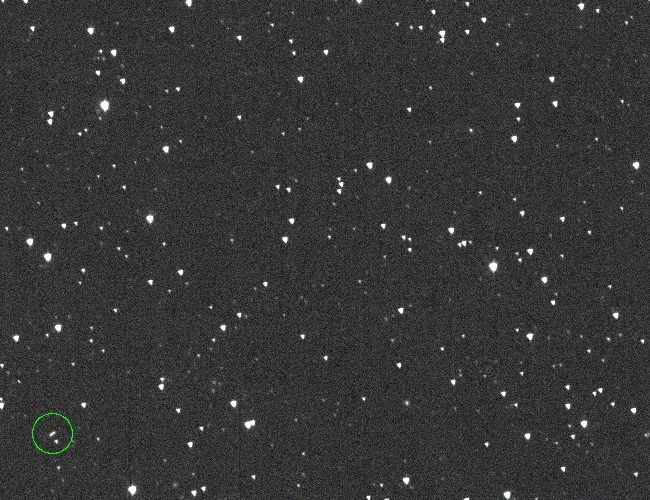
"In this case, that 'fraction of an inch' is tiny uncertainties in the positional measurements of the asteroid from the telescopes' images that can arise from small timing errors and small positional errors," Rankin continued. "It's not possible to get a 'perfect' measurement of the asteroid from any telescope."
Even if 2024 YR4 misses Earth in 2032, there remains a small chance, about 1%, according to NASA, that the asteroid could strike the moon.
Of course, by far, the most likely outcome is this asteroid missing Earth and its lunar companion and continuing on its path around the sun.
We might have to wait a while until we have more solid info on 2024 YR4's passage through the inner solar system. The asteroid is currently heading away from Earth, but it is set to swing back toward our planet in 2028, once again becoming visible to ground-based telescopes.
Even if 2024 YR4 doesn't impact Earth, its scientific impact, as it offers a chance to see an asteroid up close and personal, is immense.
Editor's Update 2/20: This article was updated to reflect the latest information about asteroid 2024 YR4.
Join our Space Forums to keep talking space on the latest missions, night sky and more! And if you have a news tip, correction or comment, let us know at: community@space.com.

Robert Lea is a science journalist in the U.K. whose articles have been published in Physics World, New Scientist, Astronomy Magazine, All About Space, Newsweek and ZME Science. He also writes about science communication for Elsevier and the European Journal of Physics. Rob holds a bachelor of science degree in physics and astronomy from the U.K.’s Open University. Follow him on Twitter @sciencef1rst.
-
Unclear Engineer That is also changing. It went up to about 1% and then back down to about 0.8% from the articles I have been reading.Reply
At one point, I had followed a link for 2024 YR4 that showed impact dates and probabilities for the Moon as well as Earth, but a quick look for that link just now did not turn it up for me.
Scientists would really love for it to hit the Moon, especially on the side facing Earth. That would give them some really nice data for tuning their impact models.
Of course, if there really is a continuous human presence on the Moon by 2032, then a hit there could still be of concern.


